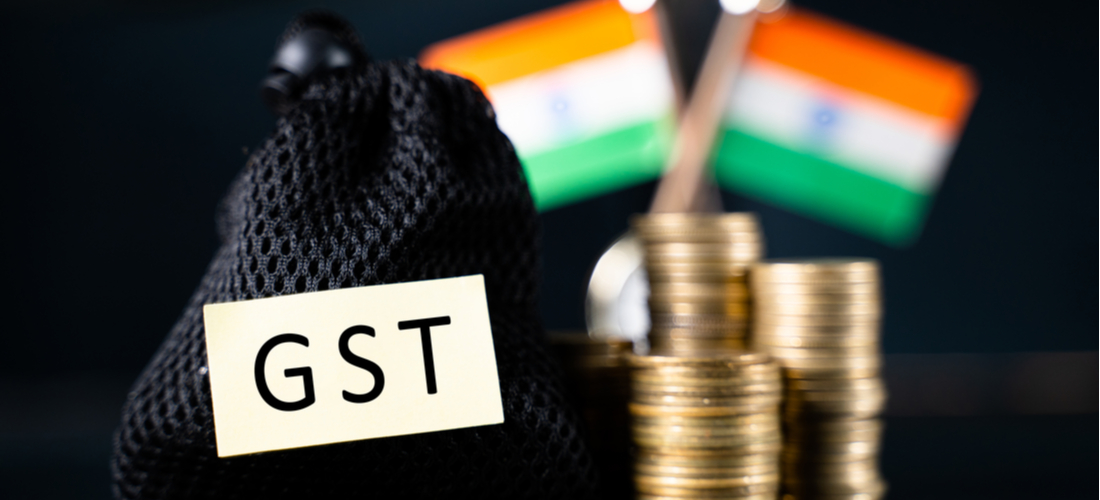Are you an avid office-supply shopper? With GST on stationery products, the prices of stationery may be increasing. Are you prepared for those changes?
The GST replaces the previous system of state and central indirect taxes. The GST is applied to a wide range of products, including food, beverages, clothing, electronics and accessories. The tax is also payable on many stationary products, including office supplies such as paper, pens and pencils.
Will GST on Stationery Products Impact You?
The GST on stationery products will be 5%. Many people are wondering if this new tax will impact them. The answer is that it depends on the stationery product you purchase. If the product is made up of only paper and ink, then the GST won’t apply. However, if the product includes other materials, such as plastic or metal, then the GST may apply.
If you’re unsure whether a particular stationery product will be subject to the GST certificate, you can check with Vakilsearch today. The expert team will be able to tell you exactly what taxes will be applied and how much they’ll cost.
To What Extent?
GST is a new tax levied in India on a number of products including stationery items. This has led to some confusion as to how it will impact people. Firstly, it should be noted that the tax is levied at the point of consumption rather than production, so there are likely to be relatively few changes for businesses involved in the production of stationery items. Secondly, while most stationery items will be subject to a 5-6% GST tax, some items such as pens and pencils will be taxed at a higher GST rate of 12%. Finally, it is worth noting that there is a transitional period in which businesses will have to adjust their prices and invoice their customers accordingly.
Important Things to Remember When It Comes to GST
– GST is currently applicable to items such as cosmetics, food items, furniture and electronic goods that cost over Rs 50,000. The government has announced recently that the threshold will be reduced to Rs 25,000.
-If you are an individual seller who does not have a registered business entity, you will need to gst online apply. This can be done through your registered taxation agent or through Vakilsearch.
-GST is a value-added tax (VAT) with a standard rate of 18%. There is also a lower rate of 5% for various items such as books, newspapers and diapers.
-The benefit of registering for GST is that you will be able to claim tax credit for the taxes that you have paid on supplies of listed goods made to you that are subject to GST. You will also be able to claim refundable input tax credit.
Major Concerns Faced by All Indian Consumers With the Introduction of GST on Stationery Products
With the implementation of the GST regime, all Indian consumers have started to face major concerns. The main concern is the impact of this taxation on prices of stationery products.
The GST council has decided that there will be a GST of 18% on these products. This means that the prices of these items will go up by around ₹2-3 per item.
However, some retailers are offering discounts on these products in order to make up for the higher prices. So, it is important to check with your nearest retailer before purchasing any stationery items.
What Are the Ramifications of GST on Stationery Products?
There are a few implications of this tax change on stationery. Firstly, prices of stationery will likely go up as producers pass on the cost of the tax to consumers. Secondly, it might affect the choice people make when purchasing stationery as some items might now be more expensive than before. And finally, businesses that import or export a lot of stationary products might face an increased cost of doing so.
Why GST on Stationery Products Is a Big Deal in India
GST, or the Goods and Services Tax, is set to replace all of India’s current indirect taxes. This means that from July 1st, 2017, all products sold in India will have to have a GST logo on them. This means items will display a logo with GST on stationery products, food items, cosmetics and digital services.
The biggest impact of this change is likely to be on the cost of goods and services. With GST in place, businesses will be able to collect taxes on every sale they make. This should mean cheaper prices for consumers, as businesses won’t be able to mark up their products as much. In addition, it should help to level the playing field for small businesses vs big companies.
There are some exceptions to the rule however. Notably, luxury items like cars and hotels will continue to be taxed under the old system. And there are also some tax breaks in place for low-income earners.
Key Takeaways
The Goods and Services Tax (GST) is a tax levied in India on the supply of goods and services. The GST was implemented from 1 July 2017. The GST replaces a number of taxes, including the central excise duty, service tax, state sales tax, and value-added tax.
There are a number of key takeaways from the GST announcement that will impact businesses in India.
The main changes to the way businesses operating in India will have to operate under the GST are as follows:
-All businesses will have to register for GST and collect GST from their customers.
-Businesses will have to calculate and remit GST on all taxable supplies they make.
-The standard rate of GST is 18%. There are a number of lower rates that apply to specific products or services.
-Businesses can claim input tax credit for the amount of inputs used in producing taxable supplies.



